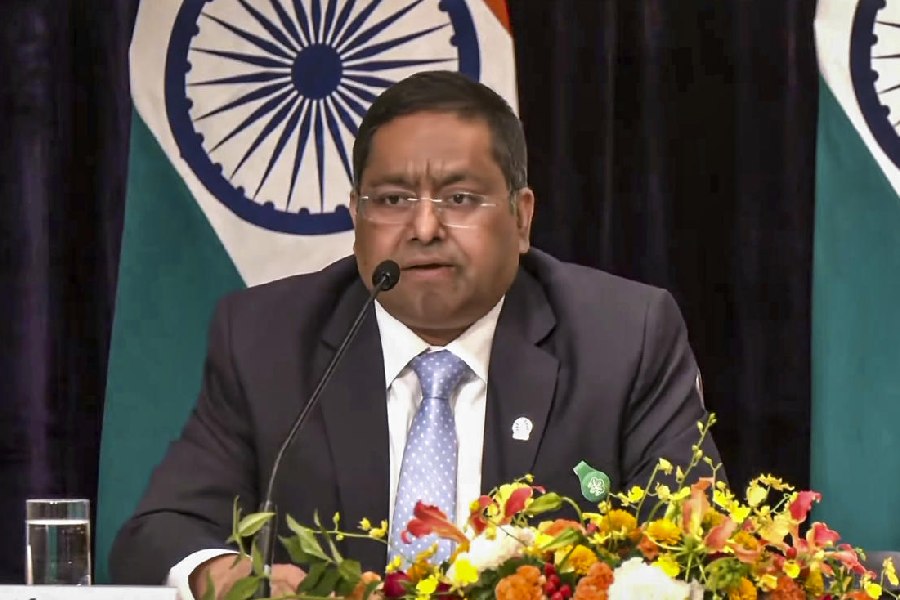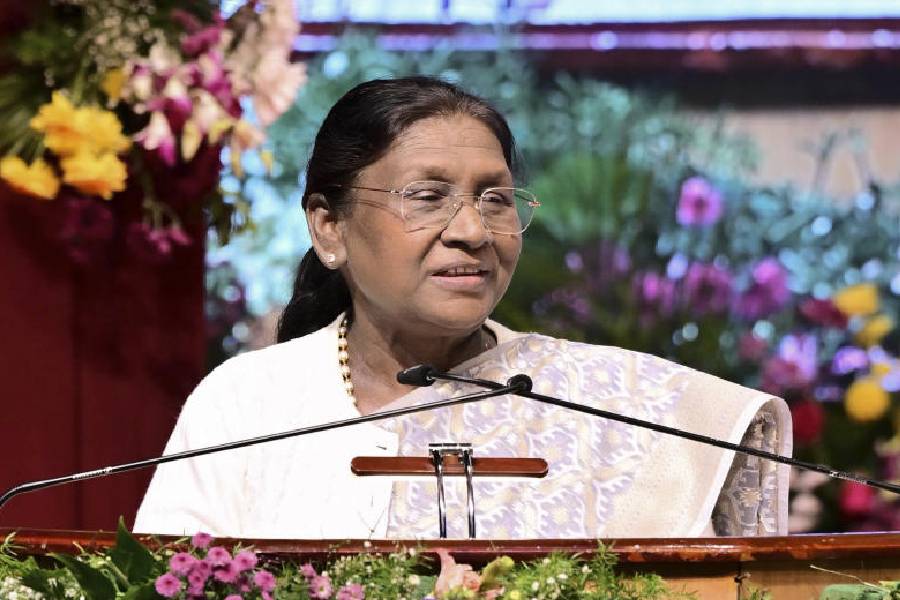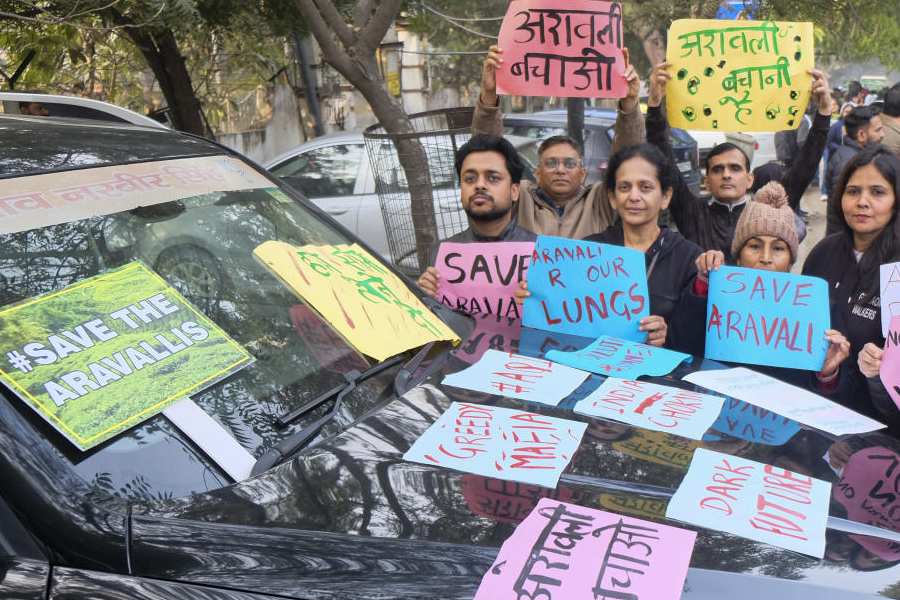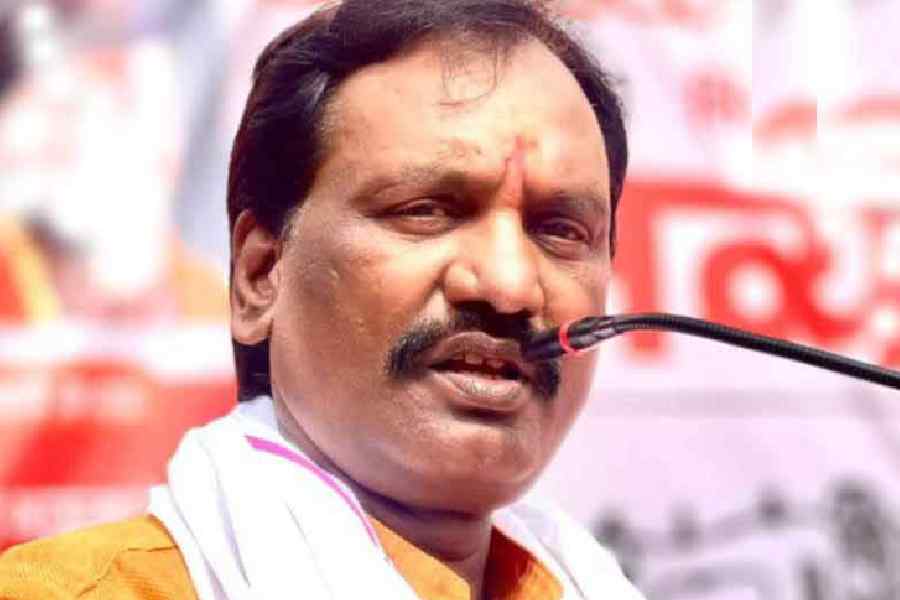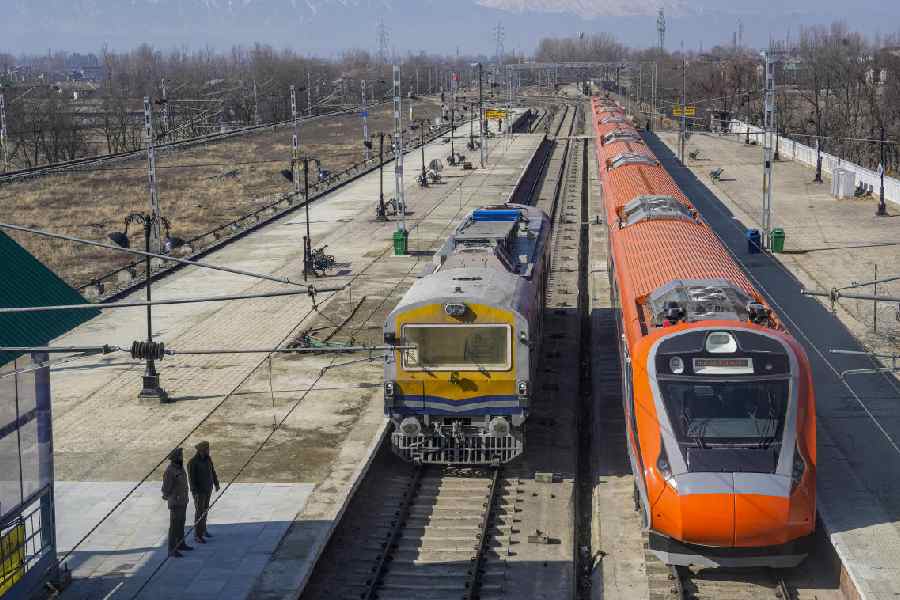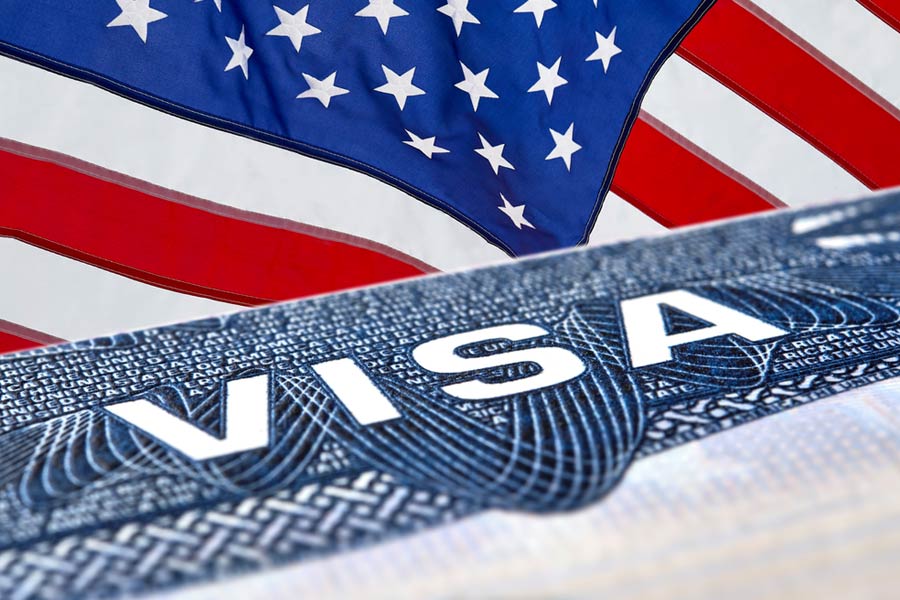 |
| Pic by Jagan Negi |
He came to India as a 19-year-old and 10 years later wrote his first big book on the country. And now over two decades after setting foot on Indian soil, Patrick French is just out with another India tome, India A Portrait An Intimate Biography of 1.2 Billion People.
French, 44, penned his newest book sitting at his kitchen table in London in about six months flat.
In the recent past he’s been visiting India every few months — sometimes to catch up with his Indian wife’s family in Delhi or to do legwork for the book. Being married to Meru Gokhale, senior editor, Penguin India based in UK, has given him a better insight into the county.
“Though I keep the eye of the outsider, I can also see things from the inside,’’ says the author, who turned down the Order of the British Empire (OBE) in 2003. He zealously guards his independence as a writer and says he doesn’t need a medal. “If you accept such an award you’re inevitably seen to be an adjunct to the government,’’ he shrugs.
French’s books have taken him places. As a 26-year-old he set off on a trail across central Asia to retrace the footsteps of British explorer and spiritualist, Francis Younghusband. He made his debut as an author in 1994 with Younghusband: The Last Great Imperial Adventurer.
 |
| The author with his wife Meru Gokhale at the launch of India A Portrait in Delhi |
For his other celebrated book, Tibet, Tibet: A Personal History of a Lost Land (2003), he’d done a long journey through Tibet around 1999. And his much talked about biography on V.S. Naipaul, The World Is What It Is (2008) saw him spend chunks of time in Trinidad.
He also thoroughly enjoyed researching India for his 1997 book, Liberty or Death — India’s Journey to Independence and Division. The book interpreted the events surrounding India’s independence and partition.
For India A Portrait (Penguin/Allen Lane) he met “dozens and dozens” of Indians including seasoned politicians, successful entrepreneurs, and even all the way down to a man in a quarry near Mysore who was chained up as a bonded labourer for two years.
“It seemed impossible to write about contemporary Indian history going just by cold statistics,” he says. So, he wrote about the Indian technological revolution by telling the story of Sunil Mittal who started out as a small-time businessman in Punjab. “To track the progress of the cellphone in India through one person’s experience seemed to be the best way to tell the story,” he adds.
 |
He even had fun hot-footing behind a Mumbai dabbawala to experience how the system worked. It tickles him that the chief dabbawala charged him Rs 5,000 for an interview. “The only other person who charged me for an interview was a prostitute in Lhasa, Tibet,” he laughs.
To keep his focus sharp he split the book into three sections — Rashtra (the political history post-1947 to the present day), Lakshmi (the economic section) and Samaj (the social fallout of the change driven by economic reforms).
One daunting task was to comprehend the Indian economy. He says: “To understand the state of the nation you have to follow the money.” He read books like India’s Export Trends and Prospects for Self-Sustained Growth by Dr Manmohan Singh which was a product of Singh’s Ph.D. thesis written back in the ’60s.
French grew up in a small town in southern England. As a student he developed a strong interest in Indian and Pakistani politics and history. When he was 16 the Dalai Lama visited his school which was run by Christian monks. The meeting left a lasting impression and subsequently he joined the pro-Tibet movement and knew then that one day he would write a book about it.
Later, when he was studying English and American literature at the University of Edinburgh in Scotland, he travelled to China and India on an extended summer vacation, and kept returning over the years.
His style is detailed and entertaining and he confesses that he likes to think hard about his books and spends ages on research. But when it comes to writing, he’s very fast.
He had an office once but currently is hooked to his kitchen table. “I like the atmosphere in the kitchen. There’s a window behind me and another above the door from which I can look out,” he says. He starts early in the morning and when he feels worn down with the writing, he takes a Pilates break.
He met Meru in Delhi — and married her four years ago — through the world of books and publishing and slipped easily into the Indian family way of life.
This trip, he’s had a busy time discussing the Jaipur Literary Festival with his “distinguished mother-in-law’’, author Namita Gokhale, whom he sees as a “great impresario’’.
Next on the word processor is a book revolving around the Himalayan region. He believes that many Himalayan societies in places like Ladakh and Bhutan are very fragile. And sadly, in some corners of Pakistan and Tibet the traditional cultures are being destroyed. “It’s also an important region geo-politically,’’ he says.
Ask him if he’s an Indophile and he responds firmly in the negative. He says: “An Indophile must love all the bad things as well, including chaining up of workers in quarries. But yes, I’m fascinated with India.”


